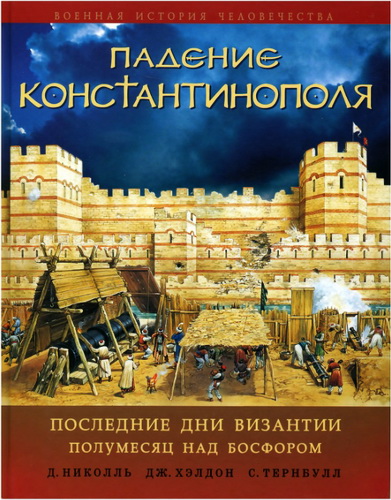
McArthur, Johnston - They Also Taught in Parables - Rabbinc Parables from First Centuries
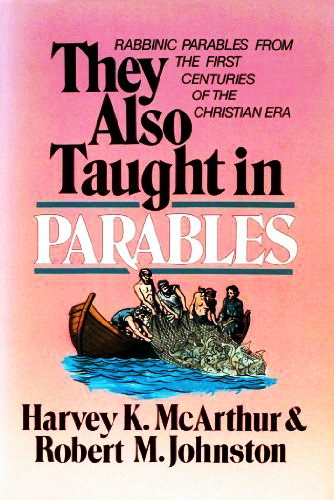
Perhaps there is no genre of biblical literature about which more has been written than the literary form "parable." This is partly understandable since over one-third of the teachings of Jesus is in the form of parables. However, more significantly, the frequent use and distinctive function of parables in Near Eastern literature are unparalleled in Western literature. Even our "local" imitations fall short of the dynamic and punch of these ancient parables. Hence, it is inevitable that such' a huge body of literature has accumulated as scholars try to recover the genius and rhetorical effect of this genre of literature.
This problem is further complicated by the vexing question of the definition of a parable. An examination of the use of the term parabole in the New Testament clearly shows that it includes many more figures of speech than the familiar and popular "story" parable. Basically, a parable involves a comparison—a feature or characteristic of something known is transferred explicitly or implicitly to something unknown. And it is precisely on this issue that parable interpretation in the twentieth century has been largely under the influence of A. Jiilicher, who proposed that there can only be one point of comparison (tertium comparationis) in a parable. Hence, the other extreme, multiple tertia comparationis, ultimately resulting in allegory, must be avoided. In recent years the inadequacy of Jiilicher's approach has been more and more recognized. This present study provides valuable data vis-a-vis this issue.
In the vast body of literature on parable interpretation very little consideration is given to the study of parables in rabbinic literature. Although in recent years greater attention is being given to the 'Jewishness" of Jesus and the evangelists, nevertheless apart from an occasional allusion to a rabbinic parable, most authors neglect this area. Likewise, Paul Fiebig's ground-breaking study of rabbinic parables, published in the early 1900s in German and unfortunately not translated into English, receives scarce recognition in most studies on the parables of Jesus. As a result, this present study fills a troubling lacuna in the study of New Testament parables.
Harvey K. McArthur, Robert M. Johnston - They Also Taught in Parables. Rabbinc Parables from the First Centuries of the Christian Era
Academie Books, Zondervan Publishing House
Grand Rapids, Michigan, 1990. - 228 pp.
ISBN 0-310-51581-5
Harvey K. McArthur, Robert M. Johnston - They Also Taught in Parables. Rabbinc Parables from the First Centuries of the Christian Era - Contents
Foreword by Bastiaan Van Elderen
Introduction
Note on Translations and Abbreviations of Rabbinic Sources
PART 1. THE PARABLES
- Appendix to Part 1
PART 2. ESSAYS
- 1. Initial Questions
- 2. The Structure of Rabbinic Parables
- 3. Introductory Formulas
- 4. The Stories They Told
- 5. What the Parables Meant
- 6. The Use of Scripture in Rabbinic Parables
- 7. The Recycling of Parables
- 8. Rabbinic Parables and the Parables Attributed to Jesus
- 9. Rabbinic Parallels to the Gospel Parables
- 10. Values for Christian Teaching and Preaching
Annotated Bibliography
Index
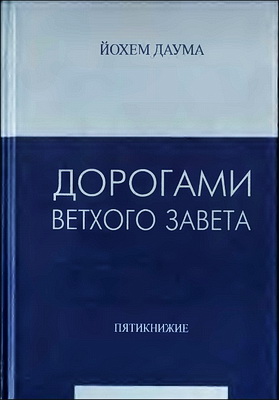
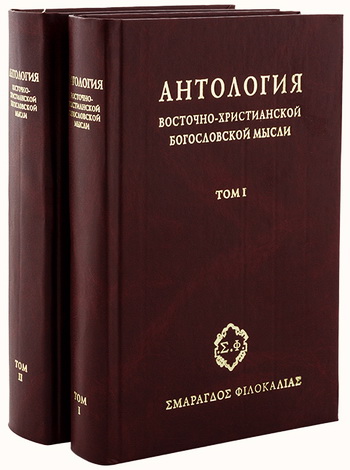
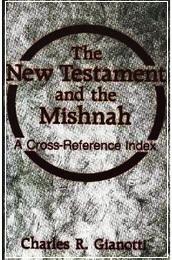
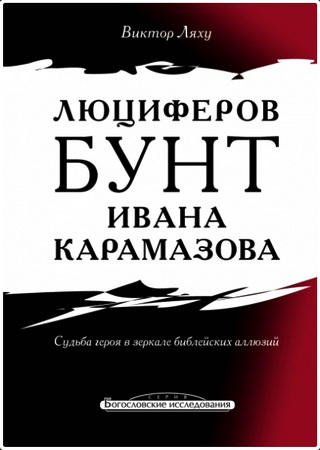
Комментарии (1 комментарий)
Спасибо за хорошую и нужную для библеистов книгу! Исследователям жизни Иисуса христа читать обязательно. В годы нашей студенческой молодости всего этого не было!